Outer Space & Universe
Outer Space & Universe
Space, also known as outer space, is the near-vacuum between celestial bodies. It is where everything (all of the planets, stars, galaxies and other objects) is found.
On Earth, space begins at the Kármán line (100 km above sea level). This is where Earth's atmosphere is said to stop and outer space begins. This is not a firm boundary but is a convention used by scientists and diplomats.
Items in space are free to move back and forth; up and down; and left and right. These three dimensions are what make 3D space. Items also move forward through time, which is sometimes called the fourth dimension.
The majority of space contains very little matter and so most of it is a vacuum. Scientists do not know how big space is but we do know that space is extremely big, and is always expanding.
According to the big bang theory, all matter and energy in the Universe was compressed into a very small space. Then it exploded and started expanding. Space is still growing in size today; this means the distance from one galaxy to distant galaxies is getting longer.
Gravity is the force that keeps the Moon in orbit around the Earth and the planets in orbit around the Sun. Gravity can stretch and bend space similar to how a heavy ball placed on a stretched sheet of rubber will cause the rubber to stretch. The scientist who discovered that space can bend is named Albert Einstein. How gravity bends space is part of his theory of general relativity.
Astronauts, Cosmonauts, Taikonauts and Spationauts
An astronaut is any person who is trained by NASA to travel and perform tasks in space. Although the space traveler may not necessarily be a United States citizen, each astronaut does go through a rigorous training regiment by the National Aeronautics and Space Administration. Other space travelers go by other names then astronaut depending on their country of origin.
In the United States, astronaut is derived from the Greek words ástron (star) and nautis (sailor). While, in Russia, a space traveler goes by the name космонавт (English: cosmonaut), which is derived from the Greek words kosmos (universe) and nautis (sailor). Westerners call a space traveler from China a taikonaut, based on the 1998 writings of Chiew Lee Yik and Chen Lan where the term tàikōng (great emptiness), Chinese for “space”. In China, the term yuháng yuán (universe navigator) is used for space traveler.
Only the United States of America (United States), Russia (earlier, the Union of Soviet Socialist Republics), and the People’s Republic of China (China) have sent manned spacecraft into space. Other countries have assisted these countries by sending their own space travelers on space missions. For instance, a French space traveler is called a spationaut (from the French word spationaute), which is derived from the Latin spatium (space) and Greek nautis (sailor). (plural in Greek nautes = sailors)
-
02:30
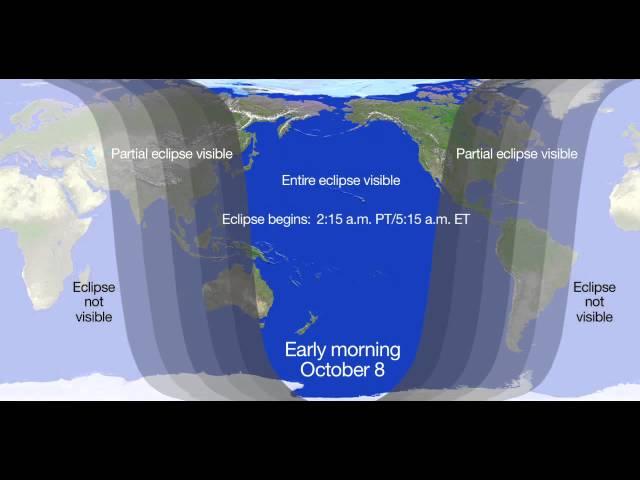
Two Eclipses + Mars Meets A Comet | October 2014 Skywatching Video
Added 773 Views / 0 LikesTwo Eclipses + Mars Meets A Comet | October 2014 Skywatching Video
-
03:11

Celestial 'Wild Ducks' Soar Through Space and Time | Video
Added 720 Views / 0 LikesCelestial 'Wild Ducks' Soar Through Space and Time | Video
-
04:02
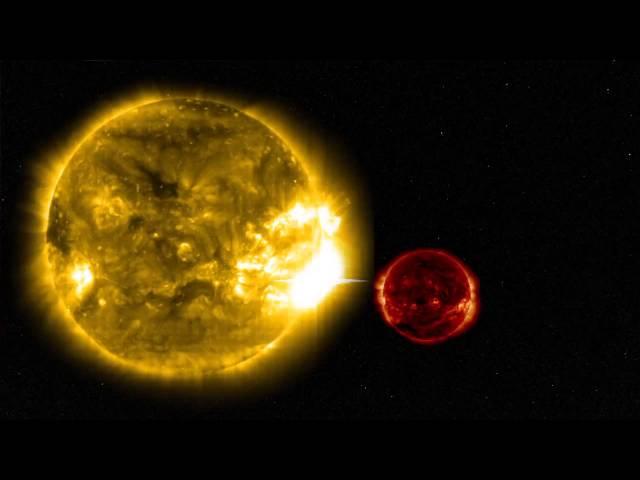
X100,000 Flare Unleashed By Nearby Red Dwarf | Video
Added 617 Views / 0 LikesX100,000 Flare Unleashed By Nearby Red Dwarf | Video
-
01:53
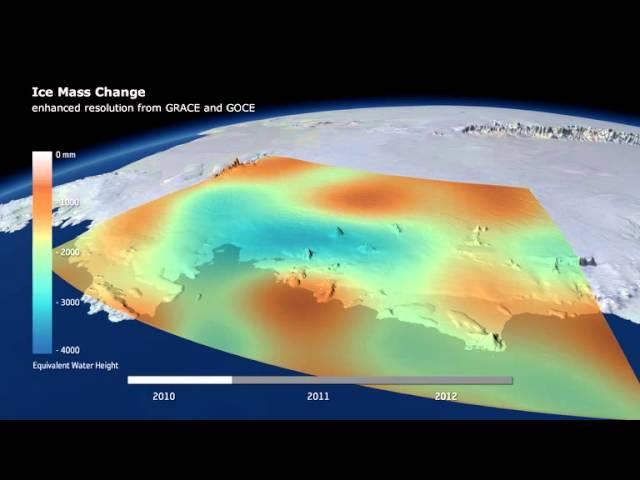
Antarctic Ice Loss Causes Dip In Earth's Gravity | Video
Added 687 Views / 0 LikesAntarctic Ice Loss Causes Dip In Earth's Gravity | Video
-
00:57
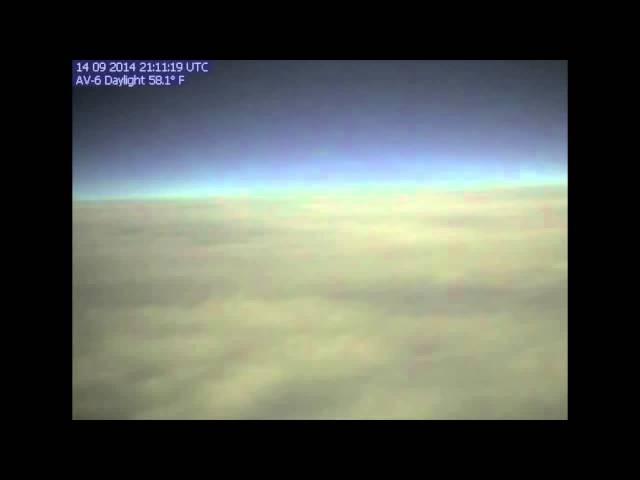
NASA Drone Flies Over Hurricane | Video
Added 726 Views / 0 LikesNASA Drone Flies Over Hurricane | Video
-
01:29

Russian Spy Satellite Leftovers Spotted Ahead of Fireball Sightings | Video
Added 782 Views / 0 LikesRussian Spy Satellite Leftovers Spotted Ahead of Fireball Sightings | Video
-
06:01

Lunar Eclipse, Orionids, Planets And More - October 2014 Skywatching | Video
Added 782 Views / 0 LikesLunar Eclipse, Orionids, Planets And More - October 2014 Skywatching | Video
-
01:05
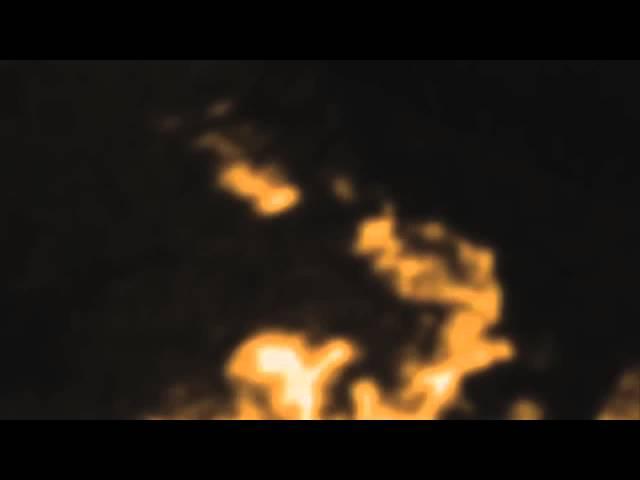
Peculiar 'Island' On Saturn Moon - New Imagery Snapped By Cassini | Video
Added 773 Views / 0 LikesPeculiar 'Island' On Saturn Moon - New Imagery Snapped By Cassini | Video
-
00:52

Space Station's 90 Minute Orbit Time-Lapsed Into 51 Seconds | Video
Added 766 Views / 0 LikesSpace Station's 90 Minute Orbit Time-Lapsed Into 51 Seconds | Video
-
04:06

Stuck Solar Array, No Problem - New Space Station Crew Docks | Video
Added 799 Views / 0 LikesStuck Solar Array, No Problem - New Space Station Crew Docks | Video
-
01:20

Curiosity Drills Into Martian Mountain For First Time | Video
Added 784 Views / 0 LikesCuriosity Drills Into Martian Mountain For First Time | Video
-
03:13
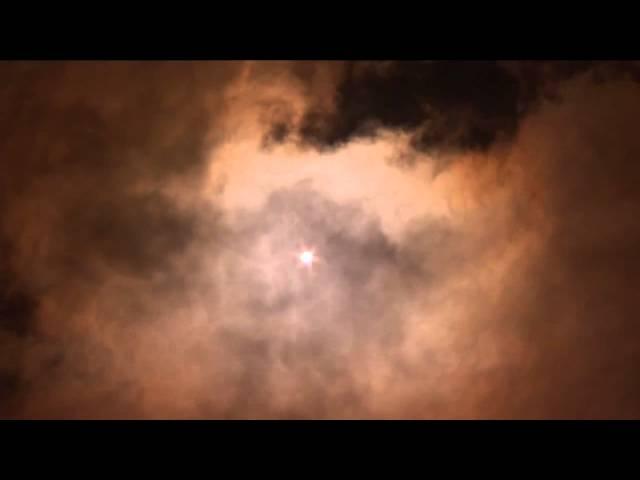
Blast-Off! Expedition 41/42 En Route To Space Station | VIdeo
Added 598 Views / 0 LikesBlast-Off! Expedition 41/42 En Route To Space Station | VIdeo
-
02:14
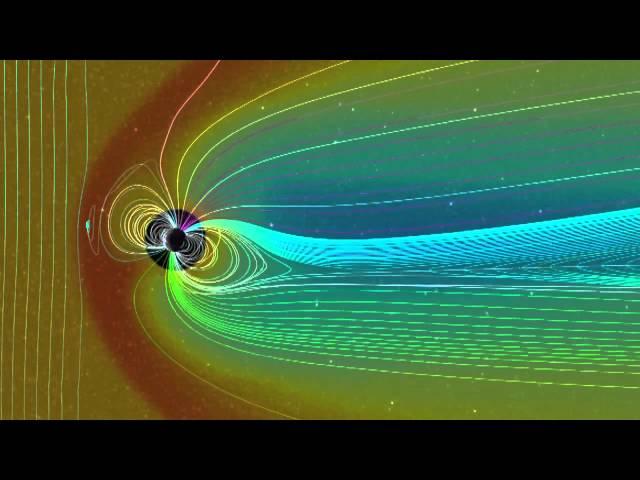
1859 Carrington-Class Solar Storm Pummeled Earth's Magnetic Field | Video
Added 858 Views / 0 Likes1859 Carrington-Class Solar Storm Pummeled Earth's Magnetic Field | Video
-
01:30

Hubble Observed Galaxy May Be Older Than It Looks | Video
Added 686 Views / 0 LikesHubble Observed Galaxy May Be Older Than It Looks | Video
-
14:15

'Send Congress to Meet In Space Station' - Fmr. President Clinton Jokes | Video
Added 718 Views / 0 Likes'Send Congress to Meet In Space Station' - Fmr. President Clinton Jokes | Video
-
01:22

Neptune-Size Exoplanet Has Clear Skies, Water Vapor | Video
Added 729 Views / 0 LikesNeptune-Size Exoplanet Has Clear Skies, Water Vapor | Video
-
03:03
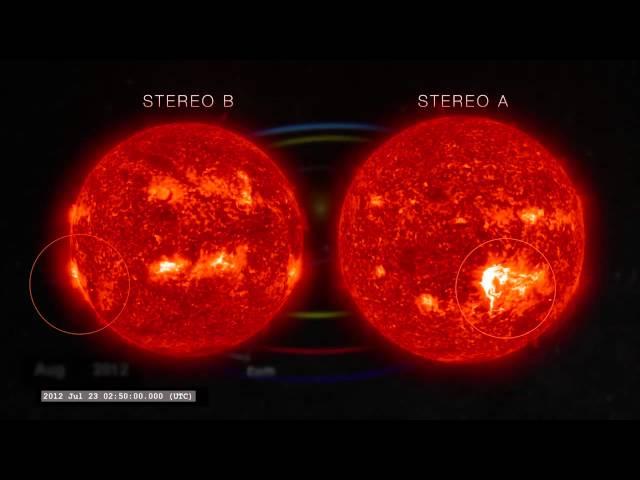
Solar Storm Would Have Wreaked Havoc On Earth - Multiple Views | Video
Added 812 Views / 0 LikesSolar Storm Would Have Wreaked Havoc On Earth - Multiple Views | Video
-
00:31

India's First Mars Probe - Orbit Insertion Animation
Added 665 Views / 0 LikesIndia's First Mars Probe - Orbit Insertion Animation
-
05:30
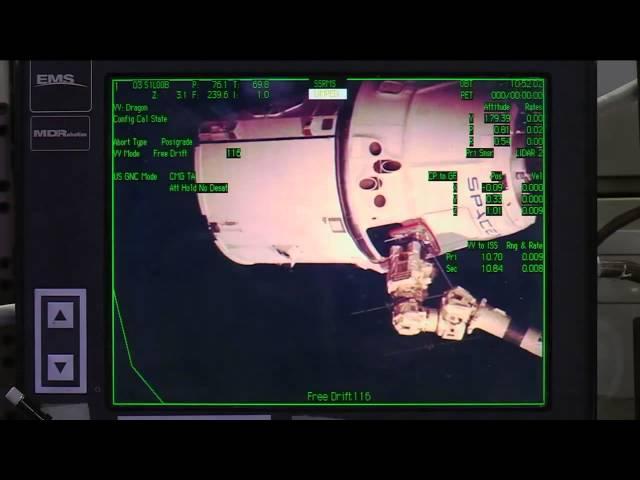
SpaceX's Dragon Cargo Spacecraft Arrives At Space Station | Video
Added 797 Views / 0 LikesSpaceX's Dragon Cargo Spacecraft Arrives At Space Station | Video
-
00:49

2014 Arctic Sea Ice Minimum - Sixth Lowest in Satellite Era | Animation
Added 594 Views / 0 Likes2014 Arctic Sea Ice Minimum - Sixth Lowest in Satellite Era | Animation
